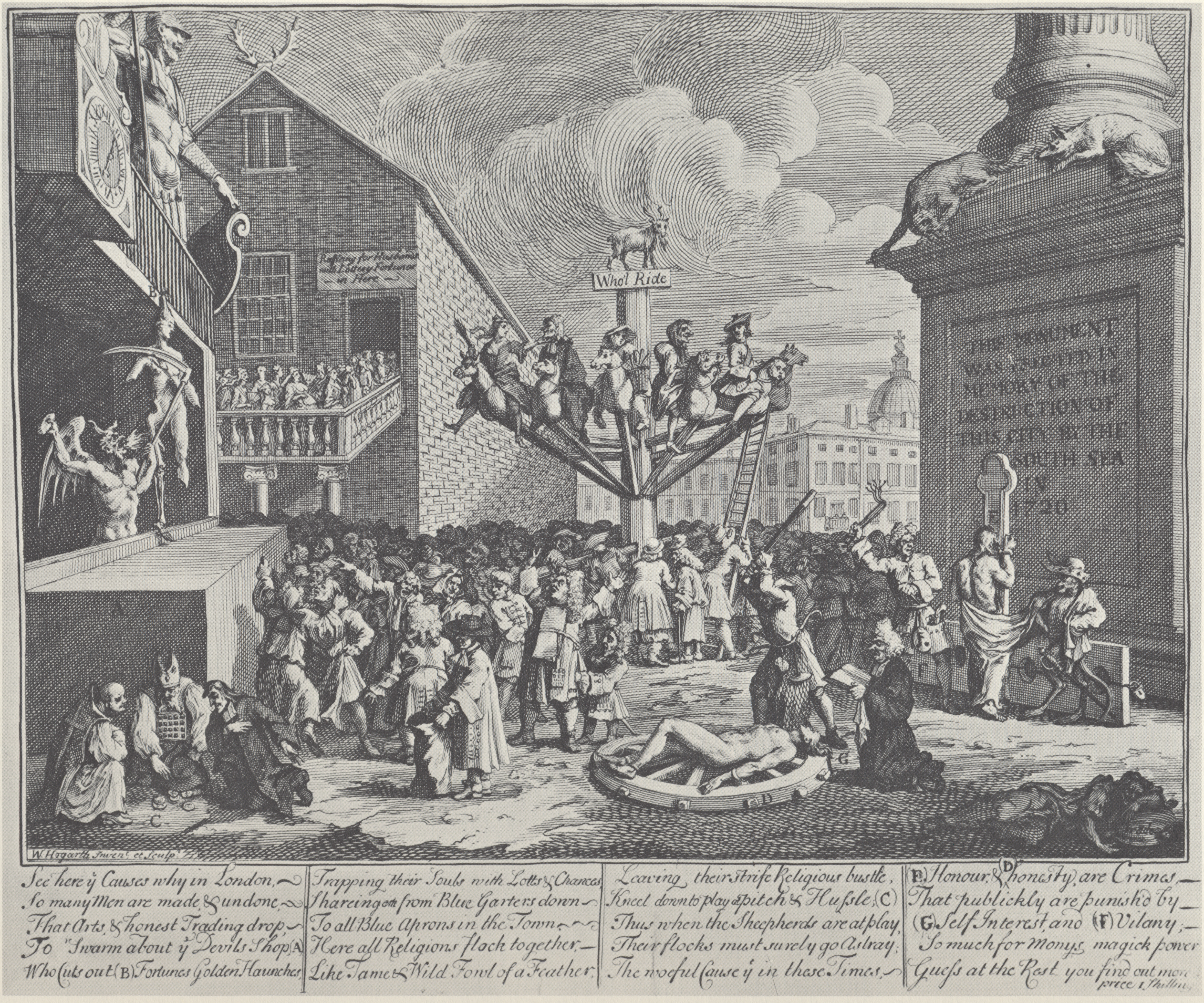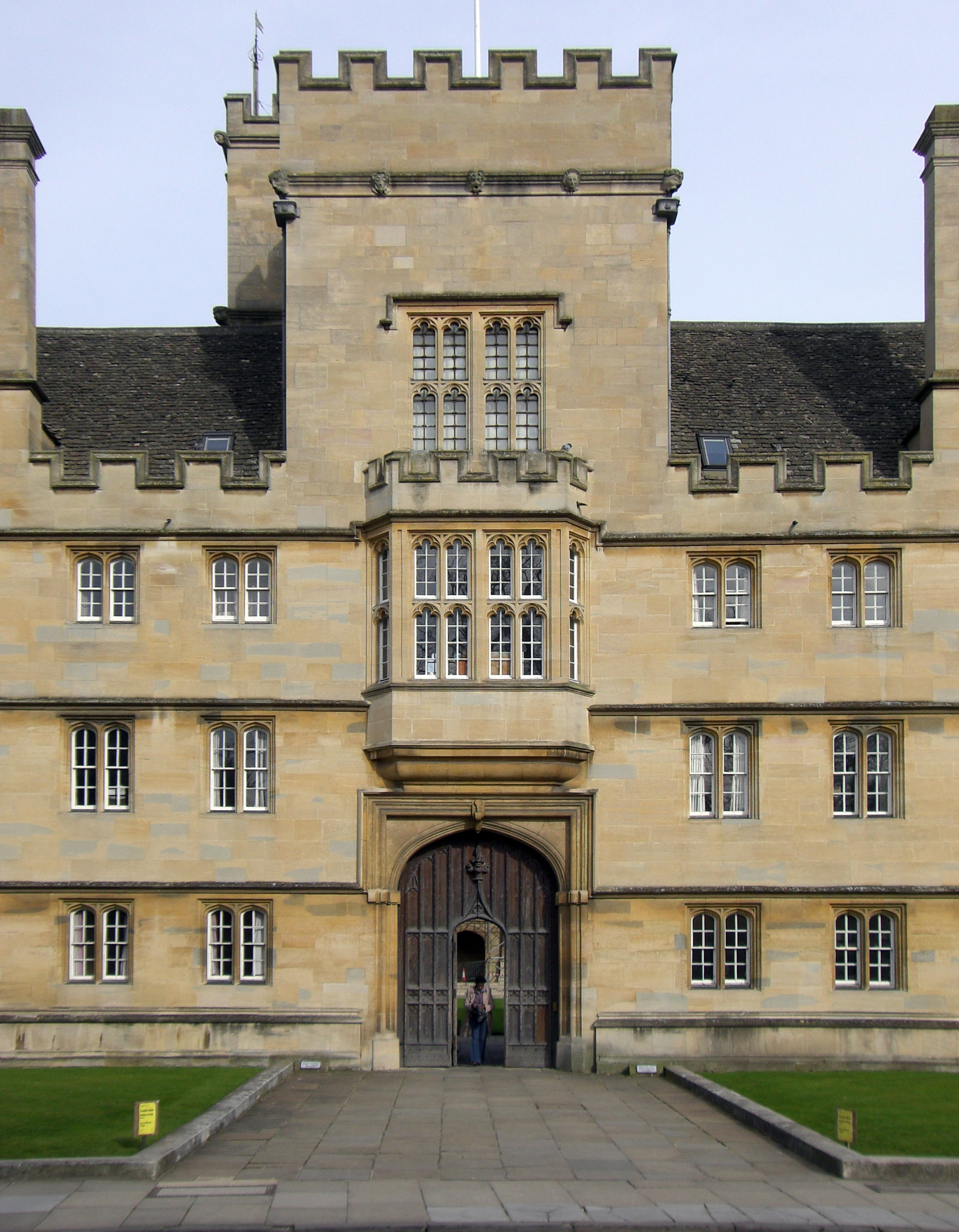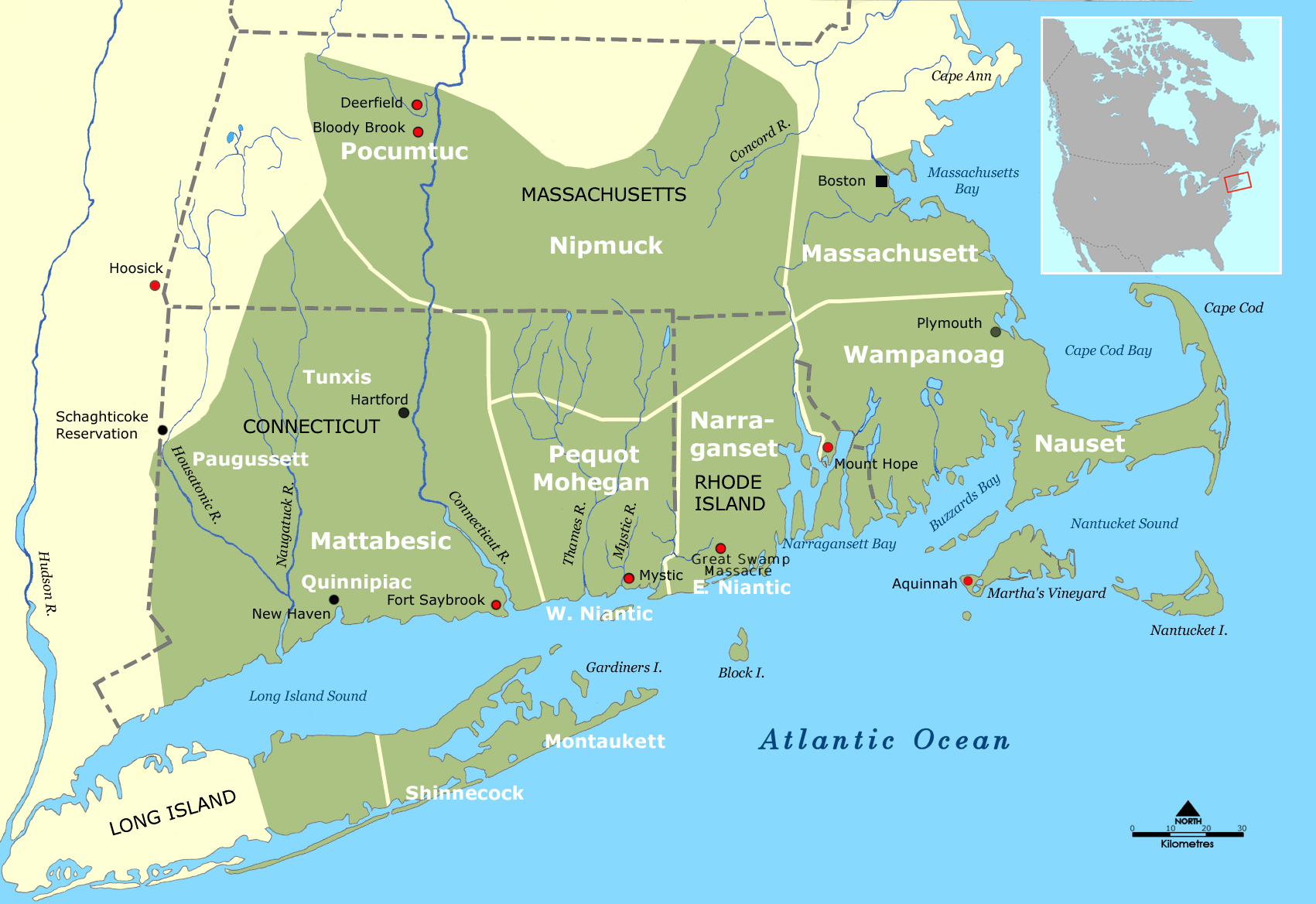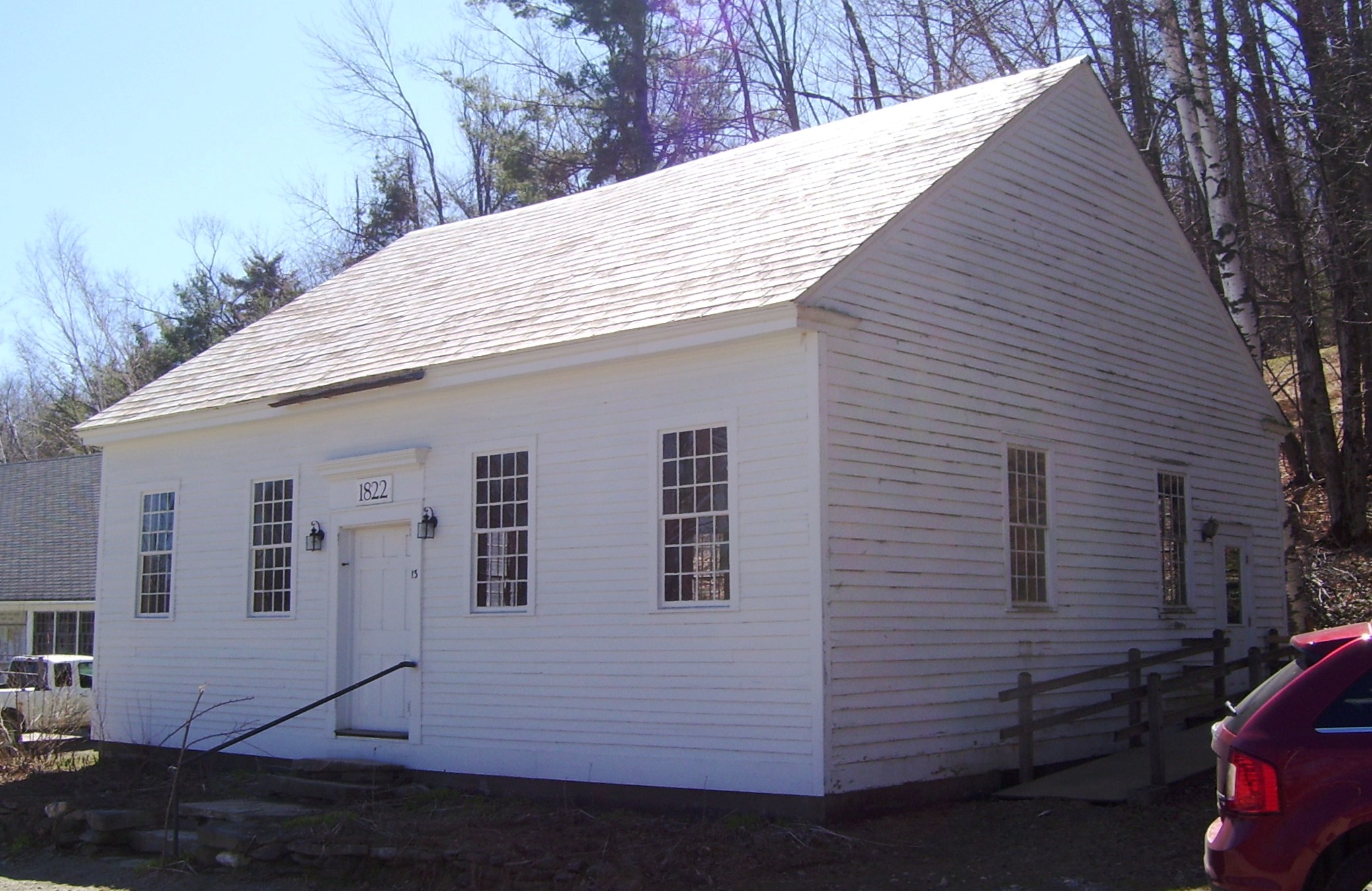|
Box Pew
A box pew is a type of church pew that is encased in panelling and was prevalent in England and other Protestant countries from the 16th to early 19th centuries. History in England Before the rise of Protestantism, seating was not customary in churches and only accorded to the lord of the manor, civic dignitaries and finally churchwardens. After 1569 stools and seating were installed in Protestant churches primarily because the congregation were expected to listen to sermons, and various types of seating were introduced including the box pew. There are records of box pews being installed in Ludlow parish church before 1577. Box pews provided privacy and allowed the family to sit together. In the 17th century they could include windows, curtains, tables and even fireplaces, and were treated as personal property that could be willed to legatees. Sometimes the panelling was so high it was difficult to see out, and the privacy was used as a cover for non-devotional activity. William H ... [...More Info...] [...Related Items...] OR: [Wikipedia] [Google] [Baidu] |
Church (building)
A church, church building, church house, or chapel is a building used for Christian worship church service, services and Christian religion, Christian activities. The earliest identified Christian church is a house church founded between 233 AD and 256 AD. ''Church'' is also used to describe a Church (congregation), body or an assembly of Christian believers, while "the Church" may be used to refer to the worldwide Christian religious community as a whole. In traditional Christian architecture, the plan view of a church often forms a Christian cross with the centre aisle and seating representing the vertical beam and the Church architecture#Characteristics of the early Christian church building, bema and altar forming the horizontal. Towers or domes may inspire contemplation of the heavens. Modern churches have a variety of architectural styles and layouts. Some buildings designed for other purposes have been converted to churches, while many original church buildings have bee ... [...More Info...] [...Related Items...] OR: [Wikipedia] [Google] [Baidu] |
Protestantism
Protestantism is a branch of Christianity that emphasizes Justification (theology), justification of sinners Sola fide, through faith alone, the teaching that Salvation in Christianity, salvation comes by unmerited Grace in Christianity, divine grace, the priesthood of all believers, and the Bible as the sole infallible source of authority for Christian faith and practice. The five solae, five ''solae'' summarize the basic theological beliefs of mainstream Protestantism. Protestants follow the theological tenets of the Reformation, Protestant Reformation, a movement that began in the 16th century with the goal of reforming the Catholic Church from perceived Criticism of the Catholic Church, errors, abuses, and discrepancies. The Reformation began in the Holy Roman Empire in 1517, when Martin Luther published his ''Ninety-five Theses'' as a reaction against abuses in the sale of indulgences by the Catholic Church, which purported to offer the remission of the Purgatory, temporal ... [...More Info...] [...Related Items...] OR: [Wikipedia] [Google] [Baidu] |
Ludlow
Ludlow ( ) is a market town and civil parish in Shropshire (district), Shropshire, England. It is located south of Shrewsbury and north of Hereford, on the A49 road (Great Britain), A49 road which bypasses the town. The town is near the confluence of the rivers River Corve, Corve and River Teme, Teme. The oldest part is the medieval Defensive wall, walled town, founded in the late 11th century after the Norman Conquest, Norman conquest of England. It is centred on a small hill which lies on the eastern bank of a bend of the River Teme. Situated on this hill are Ludlow Castle and the parish church, St Laurence's Church, Ludlow, St Laurence's, the largest in the county. From there the streets slope downward to the rivers River Corve, Corve and River Teme, Teme, to the north and south respectively. The town is in a sheltered spot beneath Mortimer Forest and the Clee Hills, which are clearly visible from the town. Ludlow has nearly 500 listed buildings, including examples of med ... [...More Info...] [...Related Items...] OR: [Wikipedia] [Google] [Baidu] |
William Hogarth
William Hogarth (; 10 November 1697 – 26 October 1764) was an English painter, engraving, engraver, pictorial social satire, satirist, editorial cartoonist and occasional writer on art. His work ranges from Realism (visual arts), realistic portraiture to comic strip-like series of pictures called "modern moral subjects", and he is perhaps best known for his series ''A Harlot's Progress'', ''A Rake's Progress'' and ''Marriage A-la-Mode (Hogarth), Marriage A-la-Mode''. Familiarity with his work is so widespread that satirical political illustrations in this style are often referred to as "Hogarthian". Hogarth was born in the City of London into a lower-middle-class family. In his youth he took up an apprenticeship with an engraver, but did not complete the apprenticeship. His father underwent periods of mixed fortune, and was at one time imprisoned in lieu of payment of outstanding debts, an event that is thought to have informed William's paintings and prints with a hard edge ... [...More Info...] [...Related Items...] OR: [Wikipedia] [Google] [Baidu] |
Christopher Wren
Sir Christopher Wren FRS (; – ) was an English architect, astronomer, mathematician and physicist who was one of the most highly acclaimed architects in the history of England. Known for his work in the English Baroque style, he was accorded responsibility for rebuilding 52 churches in the City of London after the Great Fire in 1666, including what is regarded as his masterpiece, St Paul's Cathedral, on Ludgate Hill, completed in 1710. The principal creative responsibility for a number of the churches is now more commonly attributed to others in his office, especially Nicholas Hawksmoor. Other notable buildings by Wren include the Royal Hospital Chelsea, the Old Royal Naval College, Greenwich, and the south front of Hampton Court Palace. Educated in Latin and Aristotelian physics at the University of Oxford, Wren was a founder of the Royal Society and served as its president from 1680 to 1682. His scientific work was highly regarded by Isaac Newton and Blaise ... [...More Info...] [...Related Items...] OR: [Wikipedia] [Google] [Baidu] |
American Colonial Architecture
American colonial architecture includes several building design styles associated with the Colonial history of the United States, colonial period of the United States, including First Period English (late-medieval), Spanish Colonial, French Colonial, Dutch Colonial, and Georgian architecture, Georgian. These styles are associated with the houses, churches and government buildings of the period from about 1600 through the 19th century. Several relatively distinct regional styles of colonial architecture are recognized in the United States. Building styles in the 13 colonies were influenced by techniques and styles from England, as well as traditions brought by settlers from other parts of Europe. In New England, 17th-century colonial houses were built primarily from wood, following styles found in the southeastern counties of England. Saltbox style homes and Cape Cod style homes were some of the simplest of homes constructed in the New England colonies. The Saltbox homes known for ... [...More Info...] [...Related Items...] OR: [Wikipedia] [Google] [Baidu] |
New England
New England is a region consisting of six states in the Northeastern United States: Connecticut, Maine, Massachusetts, New Hampshire, Rhode Island, and Vermont. It is bordered by the state of New York (state), New York to the west and by the Canadian provinces of New Brunswick to the northeast and Quebec to the north. The Gulf of Maine and Atlantic Ocean are to the east and southeast, and Long Island Sound is to the southwest. Boston is New England's largest city and the capital of Massachusetts. Greater Boston, comprising the Boston–Worcester–Providence Combined Statistical Area, houses more than half of New England's population; this area includes Worcester, Massachusetts, the second-largest city in New England; Manchester, New Hampshire, the largest city in New Hampshire; and Providence, Rhode Island, the capital of and largest city in Rhode Island. In 1620, the Pilgrims (Plymouth Colony), Pilgrims established Plymouth Colony, the second successful settlement in Briti ... [...More Info...] [...Related Items...] OR: [Wikipedia] [Google] [Baidu] |
Colonial Meeting House
A colonial meeting house was a meeting house used by communities in colonial New England. Built using tax money, the colonial meeting house was the focal point of the community where the town's residents could discuss local issues, conduct religious worship, and engage in town business. History The origin of the "town meeting" form of government can be traced to meeting houses of the colonies. The meeting houses that survive today were generally built in the second half of the 18th century. Most were almost square, with a steep pitched roof running east to west. There were usually three doors: The one in the center of the long south wall was called the "Door of Honor," and was used by the minister and his family, and honored out-of-town guests. The other doors were located in the middle of the east and west walls, and were used by women and men, respectively. A balcony (called a "gallery") was usually built on the east, south, and west walls, and a high pulpit was located on th ... [...More Info...] [...Related Items...] OR: [Wikipedia] [Google] [Baidu] |
Meeting House
A meeting house (also spelled meetinghouse or meeting-house) is a building where religious and sometimes private meetings take place. Terminology Nonconformist (Protestantism), Nonconformist Protestant denominations distinguish between a: * church (congregation), church, which is a body of people who believe in Christ, and; * meeting house or chapel, which is a building where the church meets. In early Methodism, meeting houses were typically called "preaching houses" (to distinguish them from church houses, which hosted itinerant preachers). Meeting houses in America The colonial meeting house in America was typically the first public building built as new villages sprang up. A meeting-house had a dual purpose as a place of worship and for public discourse, but sometimes only for "...the service of God." As the towns grew and the separation of church and state in the United States matured, the buildings that were used as the seat of local government were called town-houses o ... [...More Info...] [...Related Items...] OR: [Wikipedia] [Google] [Baidu] |
Holy Trinity Church, Goodramgate, York
Holy Trinity Church, on Goodramgate in York, is a Grade I listed former parish church in the Church of England in York and is in the care of the Churches Conservation Trust. History The church dates from the 12th century. The south east chapel is 13th century, and the south aisle and south arcade date from the 14th century. The original construction is of limestone, with later repairs and additions in brick. The church contains memorials to a number of notable York residents. It was enlarged in 1823 when the north side was rebuilt. The south porch was added in 1849. The condition of the building was poor by 1882 and regular worship was suspended for over 50 years until 1937 when restoration work was completed. The oak rafters were renewed and the roof was restored. The pier supporting the arches between the nave and north aisle were underpinned with concrete, and the decaying stonework on the south aisle walls was renewed. Parish status The church was declared redundant on 2 ... [...More Info...] [...Related Items...] OR: [Wikipedia] [Google] [Baidu] |








